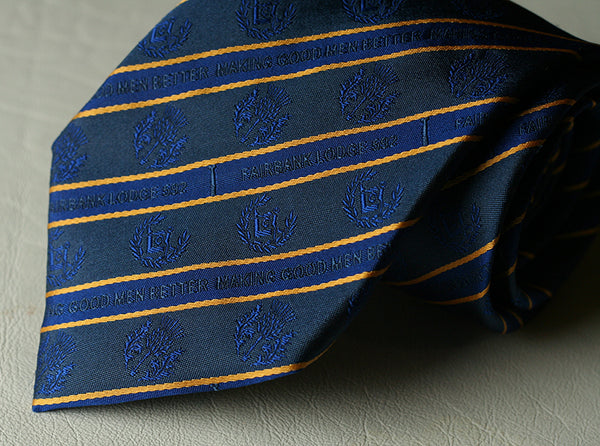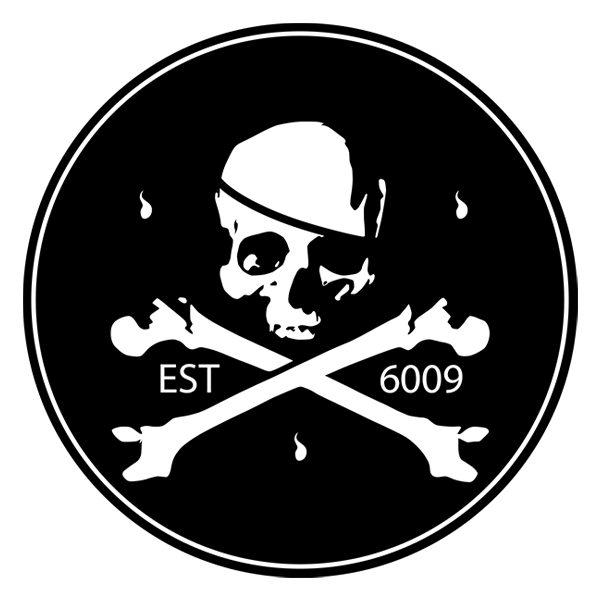February 16, 2023

When outsiders talk about 33rd degree Freemasons they are oftentimes unknowingly referring to one of the two main branches of mainstream Freemasonry. This branch is called the Scottish Rite. Some consider it more esoteric compared to the other branch which is the York Rite.
The highest degree in Masonry, the so-called Sublime Degree is the 3rd Degree or Master Mason degree. The 33rd Degree is simply an honorary degree within the Scottish Rite.

The Scottish Rite was originally an obscure Masonic Rite in the mid-19th century to an international fraternity that it is now today. A controversial and influential figure, Albert Pike, is often credited as the man responsible for making the Scottish Rite well known within Masonic circles. Employing staged plays, they expand and continue the teachings derived from the 1st, 2nd, and 3rd Degrees of Freemasonry which is known as Blue Lodge or Craft Lodge. (Photo credit: Scottish Rite Northern Masonic Jurisdiction)
One has to be a Master Mason (3rd Degree) in order to join the Scottish Rite. The Lodge Master or the Secretary would usually know where to refer a Mason seeking admission to the Scottish Rite.
As of this writing, the Silver on Black Scottish Rite Necktie is available but in very limited quantities. It's made of high-quality natural silk that we personally select. Since it's Jacquard-woven, the fabric has a nice texture and produces a shiny ombré effect that shifts according to how the light hits it.

January 05, 2023
1. The Freemason Starter Pack Meme. Too many Freemasons online found this meme so relatable that it stayed as a top post in Reddit r/freemasonry for a good time. Click the corresponding link to read the conversation it generated on Reddit (70+ comments), Facebook (200+ comments), Instagram (50+ comments).

2. The Undertaker meme became one of our most shared Masonic Memes of 2022! WMs and Secretaries alike love it! Click the corresponding link to read the conversation it generated on Reddit, Facebook, Instagram.

3. The self aware doge spewing painful truth! Too many can relate! Click the corresponding link to read the conversation it generated on Reddit, Facebook, Instagram.

4. The Masonic Entanglement meme is a painful reminder of what can become of a brother sometimes when moderation is non-existent. Click the corresponding link to read the conversation it generated on Reddit, Facebook, Instagram.

5. The Slap Meme slaps hard! Click the corresponding link to read the conversation it generated on Reddit, Facebook, Instagram.

6. The angry lady and the cool cat meme is definitely a top fave! Click the corresponding link to read the conversation it generated on Reddit, Facebook, Instagram.

7. Oh hi there, Spongebob! Click the corresponding link to read the conversation it generated on Facebook, Instagram.

8. If she only knew.

9. If she only knew part 2.

10. Oh the cold sweats!

More FraternalTies Masonic Memes below! enjoy the New Year!









I know it's just January but May the Fourth be with you all!

September 22, 2022
September 05, 2022
All of us, even the best of us, sometimes fall into this dark mental space where tired bodies and minds conspire to convince us that our effort is leading to nowhere. If you find yourself to be in this depressive bubble, I encourage you to read and absorb these three quotes from our Masonic Brothers who came before us.
“Associate yourself with men of good quality, if you esteem your own reputation; for 'tis better to be alone than in bad company.” - George Washington

"Continuous improvement is better than delayed perfection" -Mark Twain
 At some points in our lives, we find ourselves postponing many important and great things due to a variety of reasons. Some of these reasons are truly valid such as in cases of emergencies but a lot of times we delay because we want it to be "perfect". There's something to be learned from software developers who release their programs even if it's not perfect. The way programmers do it is like this- write a program and release it as Version 1.0, let the people give it a go, identify the bugs, gather feedback, go back to the drawing board, and release Version 1.1. This process gets repeated ad infinitum with the program getting better and better with each release. The focus is on progress, not perfection.
At some points in our lives, we find ourselves postponing many important and great things due to a variety of reasons. Some of these reasons are truly valid such as in cases of emergencies but a lot of times we delay because we want it to be "perfect". There's something to be learned from software developers who release their programs even if it's not perfect. The way programmers do it is like this- write a program and release it as Version 1.0, let the people give it a go, identify the bugs, gather feedback, go back to the drawing board, and release Version 1.1. This process gets repeated ad infinitum with the program getting better and better with each release. The focus is on progress, not perfection.

See you all at the quarry.
July 23, 2022
// This article was first posted on our Instagram page on July 6, 2022.

The goal of this partnership is to provide the best shopping experience for Freemasons looking to buy Masonic Regalia and other original Masonic merchandise.
This partnership between FraternalTies and Dominion Regalia was spearheaded by a couple of visionary senior Masons in Ontario who saw a tremendous potential in the joint venture. It's been in the making for a few months and finally it's official!
We are very excited to be working with a historic business that is Dominion Regalia! Stay tuned for more updates!
May 02, 2022 1 Comment
In April last year, we met with W. :M. : Iain J.Y. Mann to discuss a special Masonic Jacquard-woven silk necktie project for his lodge Fairbank Lodge No. 592 in Toronto, Canada. This is the result of that collaboration. A portion of each tie sold will go towards the Drive for Ukrainian Humanitarian Relief—a Toronto Don Valley District Charity committee chaired by Brother Mann himself.

Iain, Gaelic for John, was born in Kilwinning Scotland in 1963. He is a Freemason of 31 years and is currently on his 5th term as the Master of his lodge. It is also worth noting that Brother Iain is an affiliate member of Mother Kilwinning Lodge 0, his ancestral Lodge. The apron on the photo belonged to his grandfather and was passed on to him. Click this link to see more photos of Brother Iain and the Kilwinning apron.

Brother Mann (drummer above) is a 30-year Canadian Army veteran who served with the Airborne Regiment Special Service Force. He played hockey, rugby, soccer and baseball competitively. I believe he also took up boxing recently. He has played in pipe bands since he was 9 years old and has competed in the World Championships in Scotland many times. He considers it a privilege to have played with the Black Watch Pipes and Drums.

The Fairbank Tie features a strong and masculine design. It is made of an alternating pattern of blue and gold stripes accentuated by textured patterns which, upon closer inspection, will become legible text and symbols (see below).

According to legend, an invading Norse army was attempting to sneak up at night upon a Scottish army's encampment. During this operation one barefoot Norseman had the misfortune to step upon a thistle, causing him to cry out in pain, thus alerting Scots to the presence of the Norse invaders.

The subtle Square and Compasses adorned with a wreath provide a nice texture to the tie.

The tie is a beautiful alternating pattern of blue and gold stripes. The Masonic motto "Making Good Men Better" and Brother Iain's mother lodge "Fairbank Lodge 592" flanked by Doric columns are subtly visible on the blue stripes.
This necktie is not available directly from our web store. To purchase, please email Brother Iain J.Y. Mann at kilwinning63@gmail.com with the subject line "Fairbank Tie" and indicate the number of neckties you would like to purchase. You may also call him directly at +1 (437) 999-7829. Please allow 5-7 business days handling time. Please see the pricing information below:
This is a photo of option 2.

